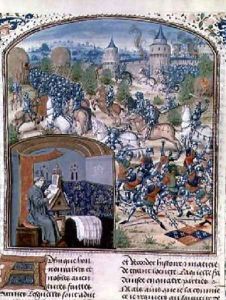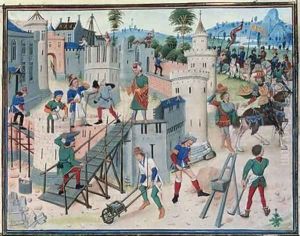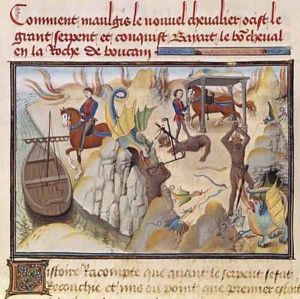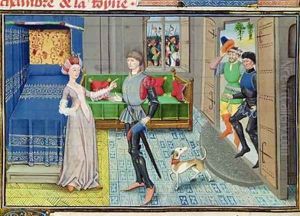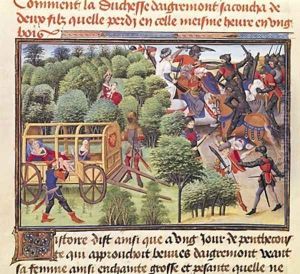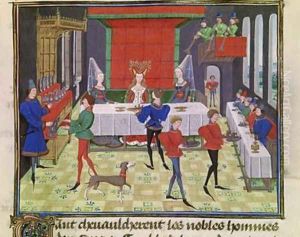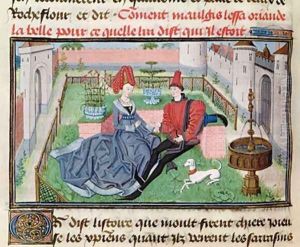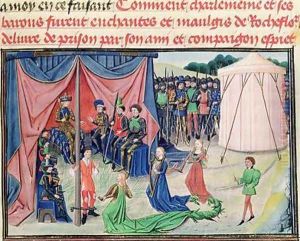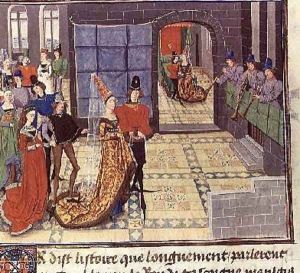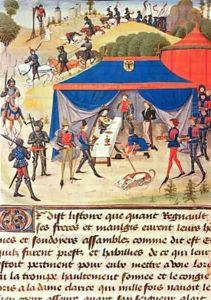Loyset Liedet Paintings
Loyset Liedet was a prolific Franco-Flemish illuminator, active between 1454 and 1478, primarily in Bruges, a center of book production and trade during the 15th century. While not much is known about Liedet's early life, it is believed that he was born around 1420. He rose to prominence in the bustling artistic atmosphere of Bruges, which at the time was part of the Burgundian Netherlands.
Liedet worked for a variety of patrons, including some of the most influential figures of his time, such as Philip the Good and Charles the Bold, Dukes of Burgundy. His work is characterized by its narrative clarity, vibrant color palette, and a keen eye for detail. He was particularly adept at depicting complex scenes with multiple figures and was known for his ability to convey emotion and movement.
Among Liedet's most notable works are the illuminations for 'Histoire de Charles Martel' and 'Chroniques de Hainaut', commissioned by Philip the Good. These manuscripts showcase his talent for storytelling through pictures and are considered prime examples of the Burgundian school of illumination.
Despite his success, information about Liedet's personal life remains scarce. He likely trained with a master illuminator in Bruges before establishing his own workshop. His style suggests that he may have been influenced by other artists of the time, such as Rogier van der Weyden and Jan van Eyck, who were known for their innovative use of oil paints and attention to detail.
Liedet's contributions to the art of illumination were significant during a time when illustrated manuscripts were highly valued for both their artistic and educational merits. His work reflects the cultural and artistic vibrancy of the Burgundian court and provides a window into the visual culture of the late medieval period.
Loyset Liedet's death is not precisely documented, but it is generally accepted that he died around 1479. Despite the lack of extensive personal records, his surviving works continue to be studied and admired for their artistry and historical significance in the rich tapestry of Northern Renaissance art.
